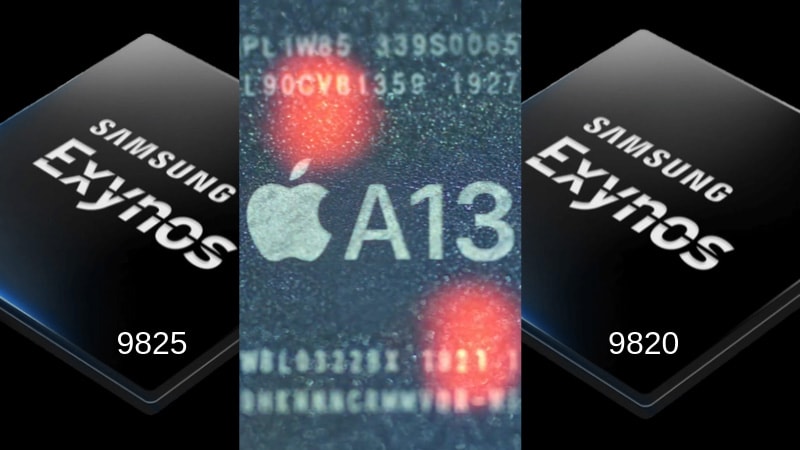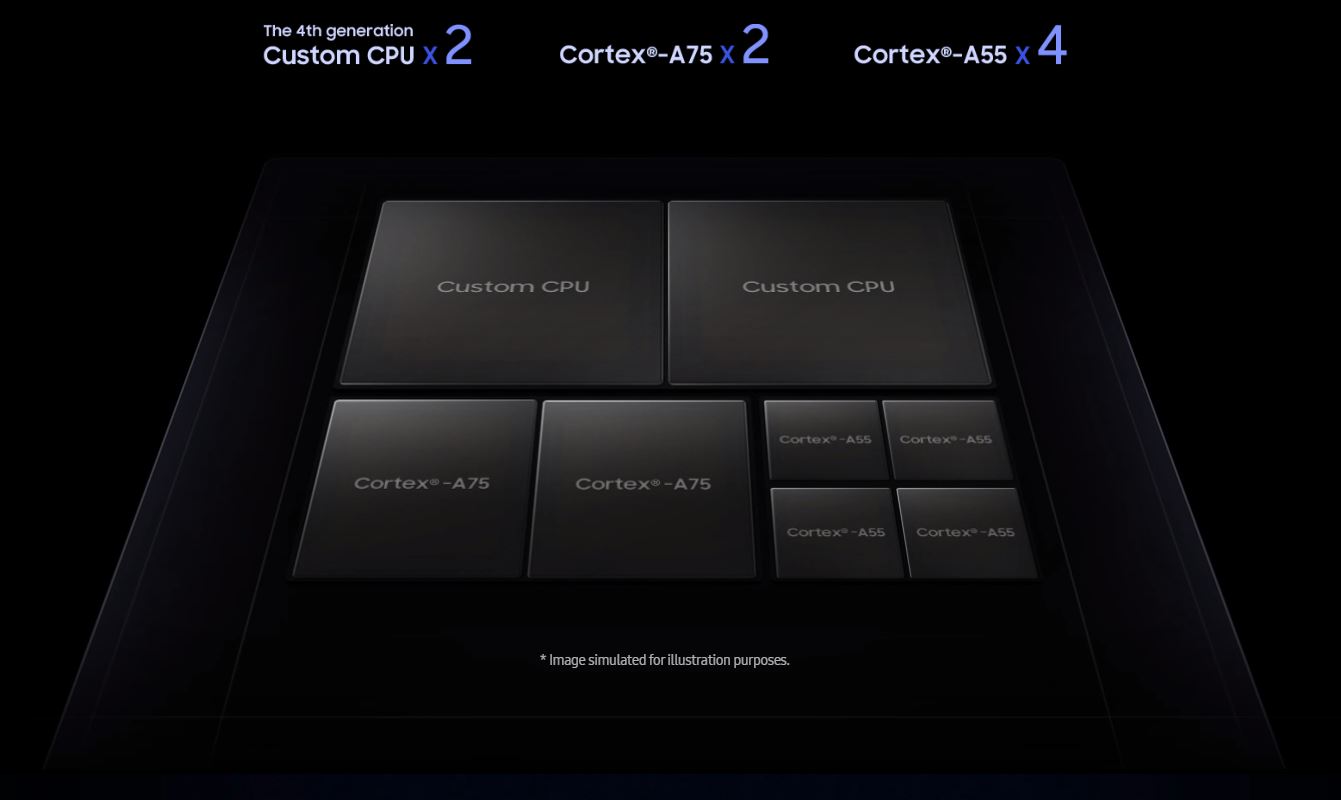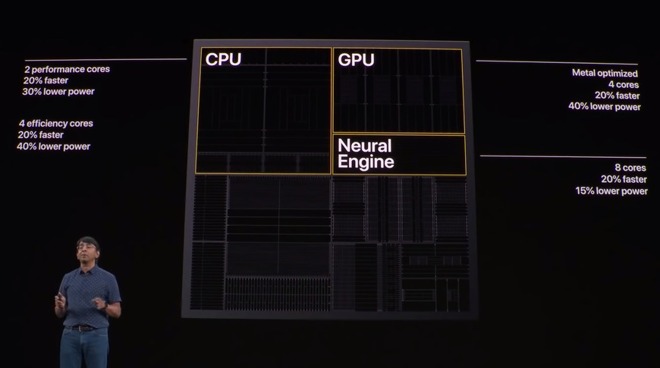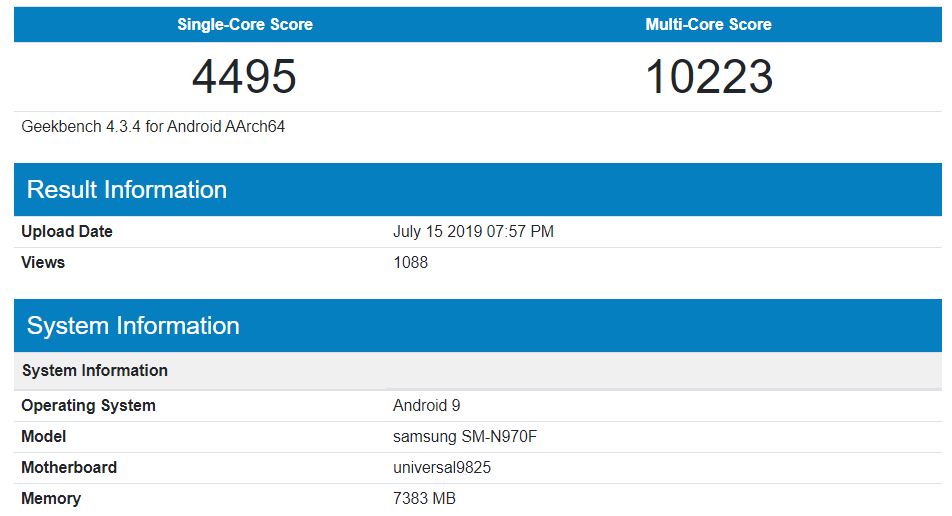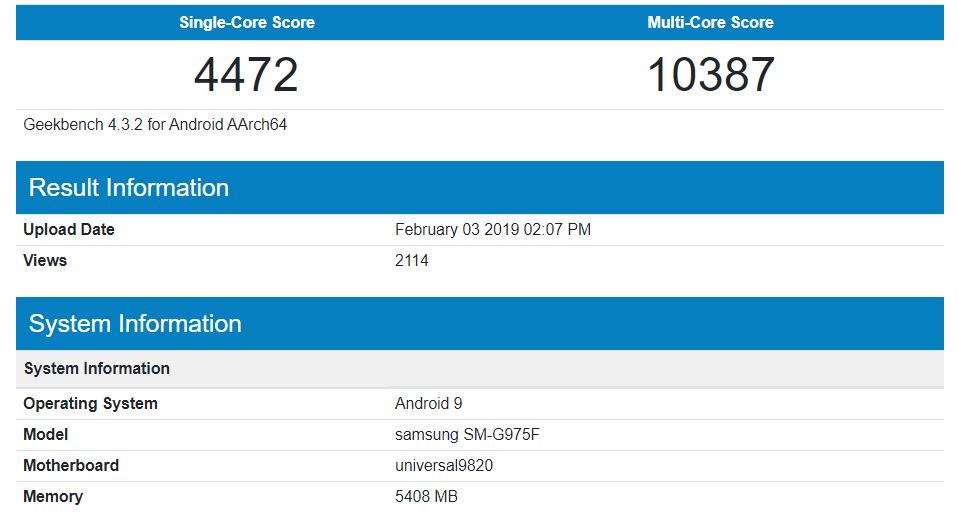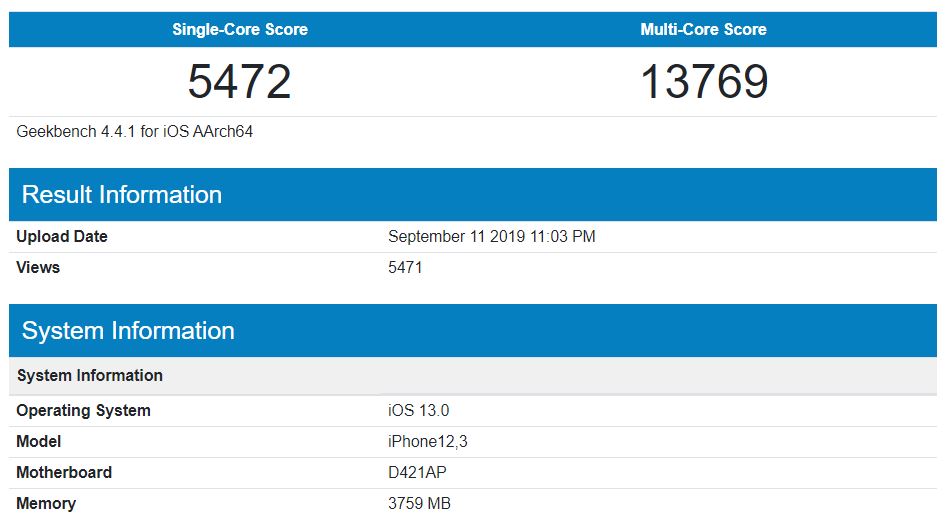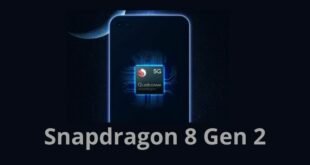iPhone 11 was launched just a few days ago, and along with it, we see a new processor on offer from Apple. This is the Apple A13 Bionic chipset, the successor to last year’s A12 Bionic chipset. However, despite being a late 2019 chip, it is still a 4G connectivity, which is a setback, especially considering how other manufacturers are pushing one 5G modem-enabled chip after the other. Especially when you consider the latest flagship SoCs on offer from Samsung: Exynos 9820 and Exynos 9825 for the Galaxy S10 series and the Galaxy Note 10 series, respectively. Both of these processors come with support for 5G connectivity. Now, as the name suggests, the Exynos 9825 and 9820 do not differ from each other much at all. The only advantage of the Exynos 9825 over the 9820 is the clock speed of the cores on offer. So how does this latest A13 Bionic chipset from Apple fair against the Exynos 9820 and 9825? Let’s have a detailed look at it.
Apple A13 Bionic vs Exynos 9820 vs Exynos 9825 Comparison
Hardware and Performance
From the design point of view, the Apple A13 Bionic comes with a Hexa-core design setup. Out of the six cores, two are lightning cores clocked at a speed of 2.65 GHz, and the other four are Thunder cores designed specifically for more power efficiency. Over the last year’s A12 Bionic chip, Apple claims an improved speed of 20% and efficiency of 30%. The Apple A12 Bionic chip, on its own, is still one of the best SoCs in a smartphone. So, the A13 Bionic is a massive leap for Apple in terms of the CPU performance of the device.
Looking at the Exynos siblings, we see an octa-core setup with three design clusters. Firstly, two Samsung-developed custom Mangoose cores clocked at 2.73 GHz, two Cortex-A75 performance cores, and four Cortex-A55 efficiency cores. Now, for the 9825, the clock speed of the two performance cores is clocked at 2.4 GHz, and in 9820, the clock speed of the two performance cores is clocked at 2.31 GHz. The rest of the specifications for both cores remain the same, with the four efficient cores clocked at 1.95 GHz.
The Exynos 9820 comes with a normal 7nm fabrication, while in the case of the 9825, Samsung goes for the EUV 7nm fabrication. This gives the 9825 an edge over the 9820 in efficiency, even though it’s minimal. Moving on to the A13, we get a second-generation 7nm fabrication. This results in the Apple A13 Bionic having 8.5 billion transistors, higher than the Exynos siblings.
Moving from the CPU to the GPU, both on the Exynos 9820 and the 9825, we see the flagship-level Mali-G76MP12 GPU. Now, even though both share the same GPU model, there is a difference in the clock speed of this GPU on both processors. The Exynos 9820’s GPU functions at 720 MHz, while the Exynos 9825’s GPU functions at 800 MHz. In the case of Apple, though, they have their GPU, which, together with Apple’s optimization of software and hardware, functions as a complete beast for graphics-intensive tasks. Apple here also claims an improved boost of 20% in speed and 40 in efficiency. Apple also claims that this is the best GPU in comparison to all the other ones out there.
Artificial Intelligence
The A13 Bionic chip has an 8-core NPU, similar to last year’s NPU found in the A12 chip, but with improved performance. Now, we see a 20% speed bump along with a 15% bump in efficiency. So now, performing AI tasks on an iPhone is faster than ever before. In actual interpretation, the NPU on the A13 Bionic chip can perform 1 Trillion tasks per second.
Now, for both the Exynos 9820 and 9825, we have the same NPU unit. There is no difference here at all except the fact that both of them are capable of performing AI tasks seven times faster than last year’s NPU on the Exynos 9810. In terms of numbers, though, we can conclude that A13 Bionic leads the AI category against the Exynos siblings.
Geekbench & AnTuTu Benchmark Scores
In Geekbench, the new Apple A13 Bionic Chip scores a Single-Core score of 5,472 points and a Multi-Core Score of 13,769 points. On the other hand, the Exynos 9820 present in the Samsung Galaxy S10 series scores a Single-Core score of 4,472 points and a Multi-Core score of 10,387 points, and for the Exynos 9825 present on the Galaxy Note 10 series, we get a Single-Core score of 4,495 points and Multi-Core score of 10,223 points.
As is evident from the vast difference in the numbers, the Exynos 9820 and 9825 are way behind the A13 Bionic benchmark scores.
The Apple A13 Bionic chip scored a total of 4,62,098 points on Antutu, while the Exynos 9825 stood second with a score of 4,42,568 points, and the Exynos 9820 stood third with a total of 3,25,076 points.
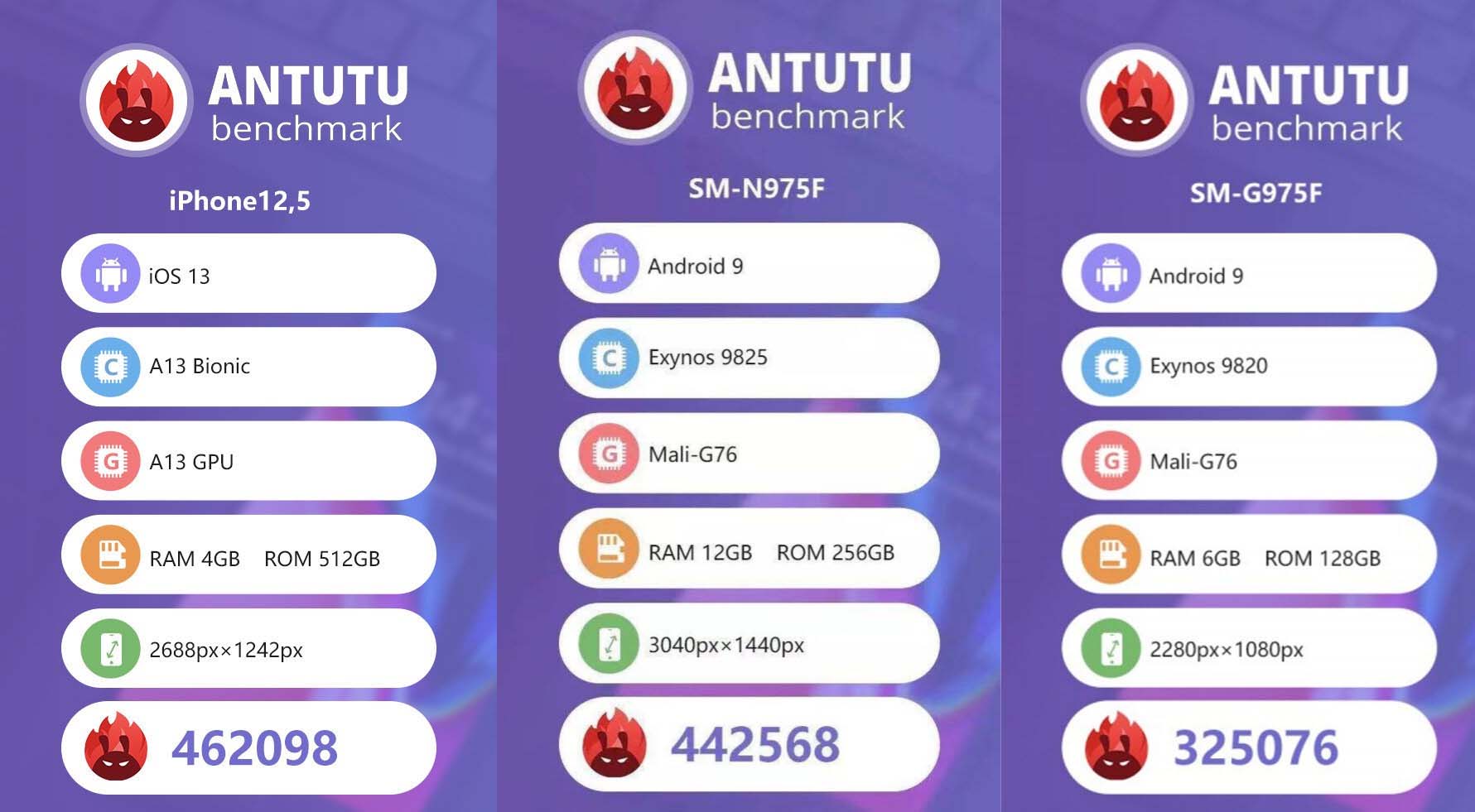
As per Antutu scores, the new Apple chip dominates over the flagship SoCs from Samsung.
Which one is the Best Processor?
There is not much difference between the Exynos 9820 and the Exynos 9825, and the numbers also suggest the same. We can expect a similar outcome from both of them regarding real-life usage. However, apple’s new A13 Bionic chip just sends both these Exynos processors out of the park with a single blow. In terms of CPU, GPU, NPU, and even benchmark scores, the A13 Bionic chip lead in all department. This was what we expected, as Apple claimed this is the fastest CPU and GPU combination compared to all the smartphones out there.
